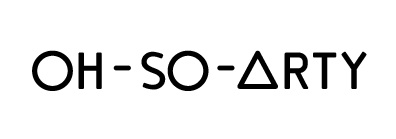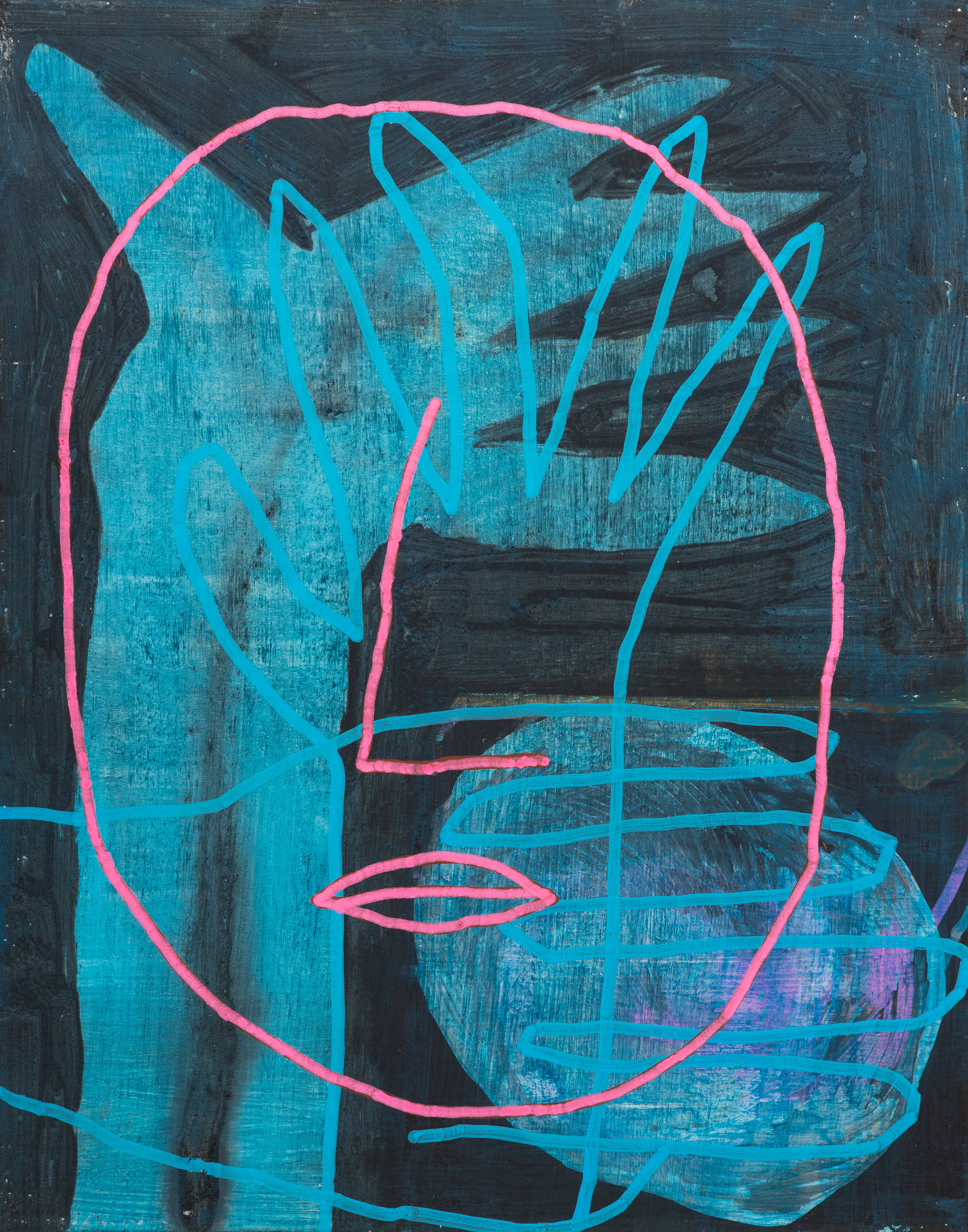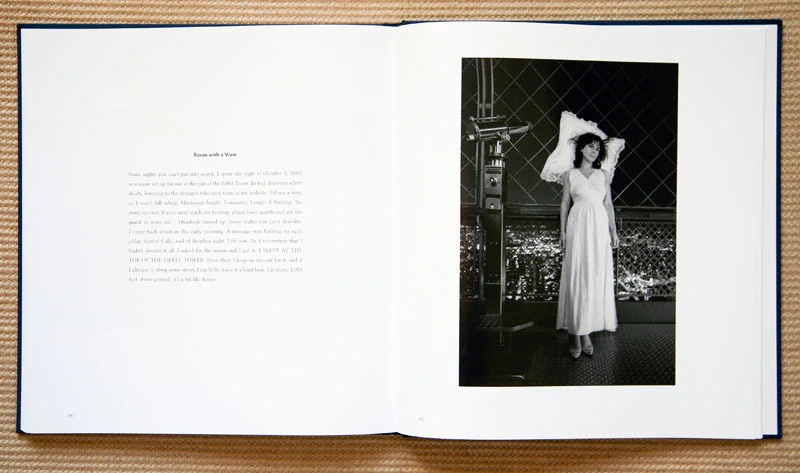I.
Exhibition: The Other Trans-Atlantic. Kinetic and Op Art in Eastern Europe and Latin America 1950s – 1970s
Artists: Various Artists
Venue: Museum of Modern Art in Warsaw
Dates: Until February 11th, 2018
"The Other Trans-Atlantic. Kinetic and Op Art in Eastern Europe and Latin America 1950s – 1970s" examines a brief yet historically significant moment in the post-war era during which artists from Eastern Europe and Latin America cultivated a shared enthusiasm for Kinetic and Op Art.
This trend represented both an alternative and a challenge to the critical consensus of mainstream Northern-Atlantic art production: while in the established art centers of Paris, London and New York, abstract expressionism, informal and lyrical abstraction reigned supreme, another art history was being written linking the hubs of Warsaw, Budapest, Zagreb, Bucharest and Moscow together with Buenos Aires, Caracas, Rio de Janeiro and São Paulo.
The exhibition was organized by the Museum of Modern Art in Warsaw in collaboration with Garage Museum of Contemporary Art in Moscow and SESC São Paulo.
Abraham Palatnik, Kinetic Object P-28, /1971 (2000) wood, formica, acrylic, metal, engine. courtesy of Nara Roesler Gallery, São Paulo and New York
II.
Exhibition: Second Thoughts
Artist: Luka Rayski
Venue: Galeria Szydlowski
Dates: Until February 15th, 2018
The exhibition "Second Thoughts" gathers 13 paintings of Luka Rayski, made in the last two years. They were made simultaneously with the press illustrations, posters for theaters and political demonstrations. Paintings presented in the gallery were made on polypropylene. Rayski juxtaposed a waste material, which is very durable and light at the same time with painting- a medium with a long tradition. The effect is exceptional.
The pictures are based on the multiplicity of overlapping layers from different orders and realities: the shapes of the people, face profiles interpenetrate with an abstract pattern of stairs, or arrows that give the vector of the composition.
Luka Rayski, Untitled (head and hands), 2016, photo by Ignacy Skwarcan
III.
Exhibition: Hidden Doubts
Artist: Alicja Bielawska
Venue: Kasia Michalski
Dates: Until January 25th, 2018
Alicja Bielawska in her practice, has been dealing with the physical—or metaphysical—qualities of objects: their geometric shapes, their colors, their potential or imaginative functions, but also the relationships occurring between them and individual viewers. She has applied this attitude in creating drawings, sculptures and installations, but also experimenting with perceiving them in motion, animating them through choreographed actions with dancers.
The works presented in the exhibition seem captured in a state of their own becoming; self-sustained, they create dynamic constellations within the space.
Hidden Doubts, 2017, exhibition view, photo: M. Gardulski





![Textual Inspirations of Art World Professionals [PART. 2]](https://images.squarespace-cdn.com/content/v1/57eb2e2215d5dbca6f4c6307/1512895410912-FKUQP5YW54UHGT6ECZVP/Absalon%2C+Solutions%2C+1992%2C+Video.jpg)



![Textual Inspirations of Art World Professionals [PART 1]](https://images.squarespace-cdn.com/content/v1/57eb2e2215d5dbca6f4c6307/1511731738847-A0BDLDI1ES8VGC7WLR6M/bf83d539a610078de046094d9fe08eec.jpg)












